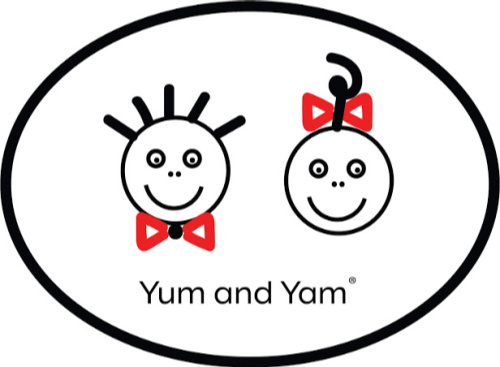School is closed and I’m now my kids reading teacher
With school campuses closed due to the coronavirus, parents have been forced to magically become their child’s teacher. I couldn’t imagine waking up one morning and expected to be an operating engineer. I would be expected to know how to use heavy equipment such as a backhoe, excavator, or bulldozer. Not such an easy task. To me, it would feel completely overwhelming. This is what I’ve heard from many parents with young children. They feel overwhelmed, and don’t know what to do. Their child is ready to learn how to read, but what do they do? The biggest fear I’m hearing is parents are afraid they will do something wrong and their child will never develop the love of reading. Well stop, worry no more! I’m here to give you easy tips on how to help your child blend sounds, decode words, and learn how to read.
Tip 1- Letter and Sound Recognition: Make sure your child secure with letters and sound recognition. Knowing the sounds need to be second nature to your child in order to be able to blend sounds together to read words. If you need to review, turn it into a fun game or associate the letter and sound to an image that starts with that letter and sound. Learning is making a new memory by attaching it to previous memory. If your child knows what an apple is, that is the previous memory. Associate the letter and the sound to the apple.
Tip 2- Print Concept: Don’t assume that just because your child knows the letters and sounds, that he or she will understand how a book works. Ask your child the following questions.
- Where is the front of the book?
- Where’s the back of the book?
- Where is the title of the book?
- What does the title tell the reader about the book?
- What does the author do?
- What does an illustrator do?
Open up the book and point to where the story begins.
Point to the illustration on that page. Point to the words on that page.
Points to the first word you would read.
Where do you go from there?
Point to just a letter.
With your finger circle a word.
If your child didn’t know any of these print concepts, review.
Tip 3 – Context Clues: Ask your child to look at the book. What do you think the book is going to be about by looking at the cover and pages inside? The illustrations are there to give the reader clues about what is being read. Don’t forget to use your clues.
Tip 4 – Pointers: After looking at the illustrations for context clues, the task is now going to be to have the reader focus on the words. Use some type of a pointer such as a popsicle stick, or a wand, or simply have your child use her finger. Using a pointer helps train your child’s eyes to stay focused on what she is trying to decode and ultimately reading the words on the page.
Tip 5 – Timing is Everything: Schedule your reading time with your child after he has been physical and has the attention span to sit and focus. In the beginning, have your child sit in a chair at a table, with the book on the table. This will free hands up to use a pointer.
Tip 6 – Revealing Letters: Now that your child is ready to read the first word in her book, have her point to the first letter of the first word. Your job is to cover up the rest of the letters and words. Ask your child to say the first sound she is pointing to. Once she says it, reveal the next letter. Have her point to the next letter and stay that sound. Do this with the entire word. Now go back and slowly have your reader say the sounds one after another. At the beginning go slowly. You may have to use your finger to help guide her. Then say the sounds a little faster together. Then ask your reader what word she just read. If she knows it, move on to the next word. If not, go back and review the blending of the sounds. This time say the sounds with her as you both blend the sounds together. If this is still a difficult task, go back to letter and sound recognition to ensure your reader is secure with them.
Tip 7 – Praise and Encouragement: Just like adults, kids what to continue to do something if they feel good about what they’re doing and like it. This is not a time to be stingy with praising your child. The more confident your child feels about reading, the less frustration will occur.
Tip 8 – The Magic Number 10: Reading experts have said it takes a student to read 10 books at a level before moving up. When children first learn to read they have entered the emergent stage of reading. It is important to provide your very beginning reader with books that are in the emergent stage. Yum and yum Early Phonics Readers are all in the emergent stage and there are 10 in the set. Moving too fast to a higher level leads right to frustration. Don’t forget time is a gift and it will lead to a love of learning.
I hope these tips have been helpful. Please reach out if you need some extra help.
